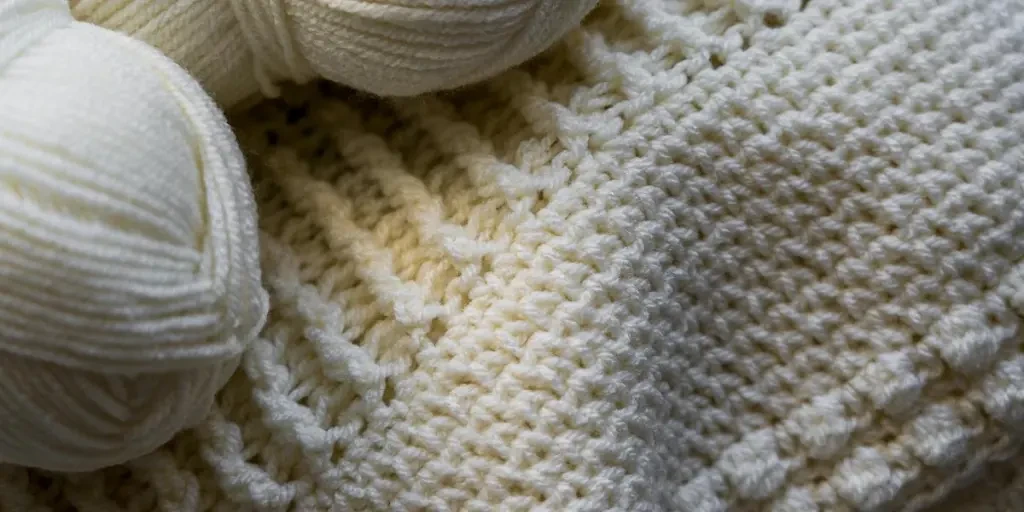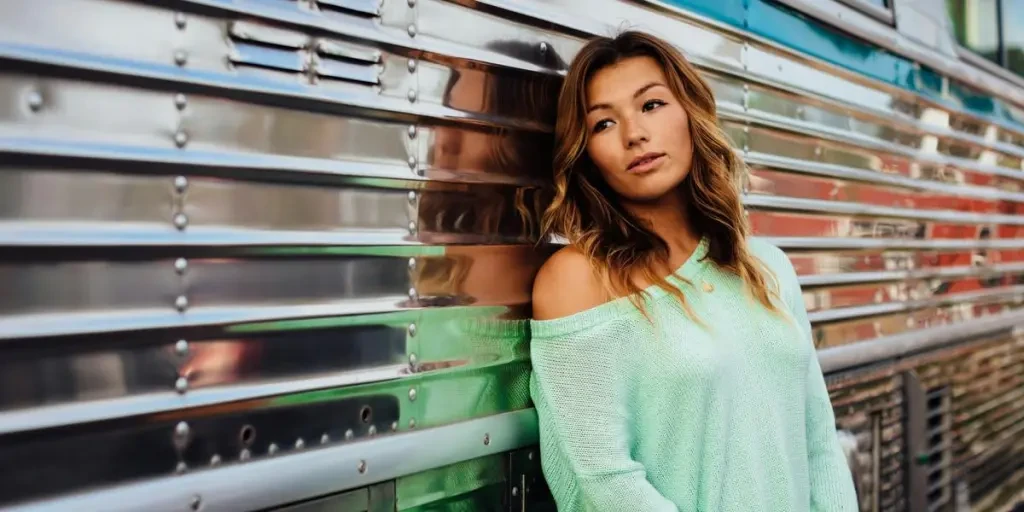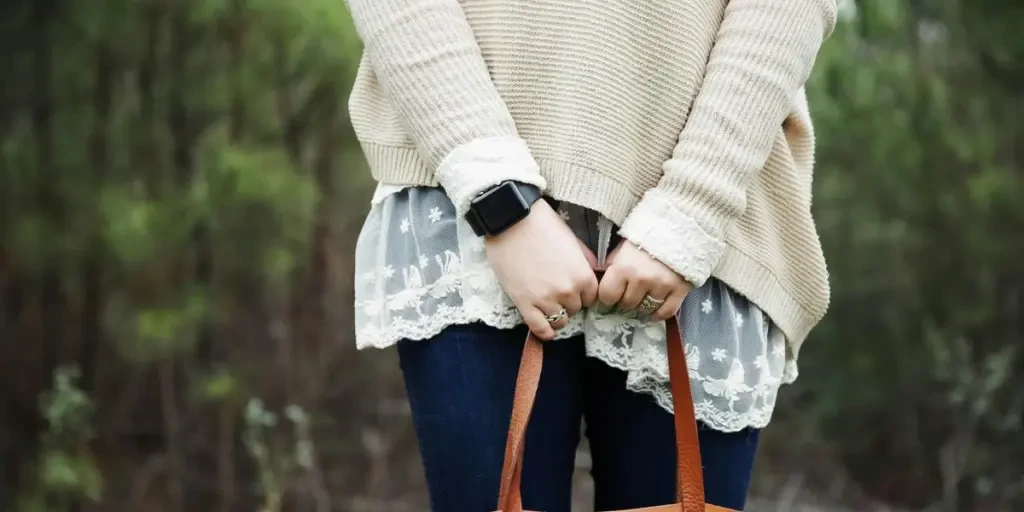Fleece jumpers have become a staple in the apparel industry, offering a perfect blend of comfort, style, and functionality. As the demand for cozy and sustainable clothing continues to grow, fleece jumpers are emerging as a popular choice among consumers of all ages. This article delves into the market trends, key players, and future insights that are shaping the rise of fleece jumpers in the apparel industry.
Table of Contents:
-Market Overview: The Rise of Fleece Jumpers in the Apparel Industry
-Materials and Fabrics: What Makes a Great Fleece Jumper
-Exploring the Best Fabrics for Fleece Jumpers
-The Role of Sustainable Materials in Fleece Jumper Production
-Design and Functionality: Combining Style with Practicality
-Innovative Designs in Modern Fleece Jumpers
-Functional Features that Enhance Comfort and Utility
-Seasonality and Trends: When and How to Wear Fleece Jumpers
-Seasonal Trends in Fleece Jumper Fashion
-Adapting Fleece Jumpers for Different Climates
-Target Audience: Who is Wearing Fleece Jumpers
-Demographic Insights into Fleece Jumper Consumers
-Cultural Influences on Fleece Jumper Popularity
-Conclusion
Market Overview: The Rise of Fleece Jumpers in the Apparel Industry

The market for fleece jumpers has seen significant growth in recent years, driven by a combination of consumer demand for comfortable and versatile clothing and advancements in fabric technology. According to WGSN, fleece and plush materials are shifting towards more responsible options, with brands like Liewood and Namuk investing in recycled materials. This shift is part of a broader trend towards sustainability in the apparel industry, as consumers become more conscious of their environmental impact.
In the UK, fleece jumpers have shown a notable increase in popularity. Data collected from UK retailers between August and October 2024 indicates that fleece jumpers and hoodies were among the best-performing styles, with a 4.2 percentage point increase in market share, rising from 2.7% to 6.9%. In the US, the market share for fleece jumpers also saw a modest increase of 0.4 percentage points, growing from 8.5% to 8.9% year-over-year. This data highlights the growing consumer preference for fleece jumpers in both regions.
The rise of fleece jumpers is also evident in the kids’ and tweens’ market. According to the Buying Director’s Briefing for Kids and Tweens, fleece materials are becoming increasingly popular for outerwear, with brands expanding their product assortments to include matching sets and accessories. This trend is supported by Google Trends data, which shows a 21% year-over-year increase in searches for “kids fleece” worldwide. Additionally, TikTok data reveals that the hashtag #Fleece has seen significant growth, with views peaking in October 2024, up 91% year-over-year.
Key players in the fleece jumper market include well-known brands such as Stella McCartney, which has been investing in low-bre-shedding and biodegradable fibers as part of their commitment to sustainability. Other notable brands include H&M, Marni, and Brave Kids, all of which have incorporated fleece materials into their collections, aligning with the broader industry trend towards responsible and eco-friendly fabrics.
Looking ahead, the future of fleece jumpers appears promising, with continued growth expected in both the UK and US markets. As consumers increasingly prioritize comfort, versatility, and sustainability in their clothing choices, fleece jumpers are well-positioned to remain a popular and essential item in the apparel industry. Brands that invest in innovative designs, sustainable materials, and functional features will likely lead the market, catering to the evolving preferences of modern consumers.
Materials and Fabrics: What Makes a Great Fleece Jumper

Exploring the Best Fabrics for Fleece Jumpers
The choice of materials is crucial in determining the quality and performance of fleece jumpers. High-quality fleece jumpers often prioritize traceable, high-quality fibers such as GCS (Global Cashmere Standard), Sustainable Fibre Alliance (SFA) cashmere, shrink-resistant, superfine, and washable RWS (Responsible Wool Standard) wool, or GOTS (Global Organic Textile Standard)-certified cotton. These materials not only ensure durability and comfort but also align with sustainable practices.
For instance, GCS and SFA cashmere are known for their luxurious feel and excellent insulation properties, making them ideal for fleece jumpers. Similarly, RWS wool is prized for its softness, breathability, and ability to regulate body temperature, which is essential for maintaining comfort in varying weather conditions. GOTS-certified cotton, on the other hand, offers a sustainable and hypoallergenic option, making it suitable for individuals with sensitive skin.
Blended fabrics are also popular in fleece jumper production. When using blends, it is advisable to opt for GRS (Global Recycled Standard)-recycled and FSC (Forest Stewardship Council)-certified cellulosic fibers. These blends not only enhance the fabric’s performance but also contribute to environmental sustainability. For example, a blend of recycled polyester and organic cotton can provide the perfect balance of warmth, breathability, and moisture-wicking properties.
The Role of Sustainable Materials in Fleece Jumper Production
Sustainability has become a significant consideration in the apparel industry, and fleece jumpers are no exception. The use of sustainable materials not only reduces the environmental impact but also appeals to the growing number of eco-conscious consumers. According to a professional report, the demand for sustainable fashion is on the rise, with consumers increasingly seeking products that align with their values.
One of the key aspects of sustainable fleece jumper production is the use of recycled materials. GRS-recycled fibers, for instance, are made from post-consumer waste, such as plastic bottles, which are transformed into high-quality yarns. This process not only reduces waste but also conserves resources and energy. Additionally, FSC-certified cellulosic fibers, derived from responsibly managed forests, ensure that the production process does not contribute to deforestation.
Another important factor is the design for longevity. By creating durable and repairable fleece jumpers, manufacturers can extend the product’s lifespan, reducing the need for frequent replacements. This approach not only benefits the environment but also provides consumers with better value for their money. For example, a well-constructed fleece jumper with reinforced seams and high-quality zippers can withstand regular wear and tear, making it a long-lasting wardrobe staple.
Design and Functionality: Combining Style with Practicality

Innovative Designs in Modern Fleece Jumpers
Modern fleece jumpers have evolved beyond their traditional utilitarian roots, incorporating innovative designs that blend style with practicality. One notable trend is the use of contrasting colors and patterns to create visually appealing pieces. For instance, a fleece jumper with a contrasting color for the hoodie and back neck can add a touch of sophistication and uniqueness to the garment.
Another design innovation is the use of double-faced fabrics or two-tone jacquard knits, which provide greater warmth and a luxurious feel. These fabrics not only enhance the jumper’s thermal properties but also offer a stylish and contemporary look. Additionally, reversible designs with reversible zippers and low-impact plated fasteners provide versatility, allowing consumers to switch between different styles with ease.
Functional Features that Enhance Comfort and Utility
Functionality is a key consideration in fleece jumper design, with various features aimed at enhancing comfort and utility. One such feature is the use of raglan sleeves, which provide a greater range of motion and a more comfortable fit. This design is particularly beneficial for active individuals who require flexibility in their clothing.
Kangaroo pockets with rib trims, cuffs, and hems are another practical addition, offering convenient storage and added warmth for the hands. These pockets are not only functional but also contribute to the overall aesthetic of the jumper. Additionally, features such as pin-tuck seam details, gathered waists, and ties for a tailored effect can elevate the jumper’s style while maintaining its practicality.
Seasonality and Trends: When and How to Wear Fleece Jumpers

Seasonal Trends in Fleece Jumper Fashion
Fleece jumpers are versatile garments that can be adapted to various seasonal trends. In the colder months, they are often styled as layering pieces, providing an extra layer of warmth without adding bulk. For instance, a fleece jumper can be worn under a winter coat or over a thermal base layer, making it a practical choice for outdoor activities.
During transitional weather, fleece jumpers can be paired with lighter clothing to create a balanced and comfortable outfit. According to a professional report, investment in co-ord knitted sets in a range of tonal shades will appeal to homebodies, particularly during transitional weather periods. These sets, which include matching fleece jumpers and joggers, offer a cozy and stylish option for lounging at home or running errands.
Adapting Fleece Jumpers for Different Climates
Fleece jumpers are highly adaptable to different climates, thanks to their versatile design and material properties. In colder climates, thicker and more insulating fabrics, such as GCS cashmere or RWS wool, are ideal for providing warmth and comfort. These materials are excellent at trapping heat while allowing moisture to escape, ensuring that the wearer stays dry and comfortable.
In milder climates, lighter and more breathable fabrics, such as GOTS-certified cotton or FSC-certified cellulosic blends, are more suitable. These materials offer excellent moisture-wicking properties, keeping the wearer cool and dry even in warmer conditions. Additionally, features such as adjustable hoods, zippered vents, and removable linings can further enhance the jumper’s adaptability to different weather conditions.
Target Audience: Who is Wearing Fleece Jumpers

Demographic Insights into Fleece Jumper Consumers
Fleece jumpers have a broad appeal, attracting a diverse range of consumers across different demographics. According to market analysis, fleece jumpers are popular among both men and women, with a growing interest among younger consumers. This trend is driven by the increasing popularity of athleisure and casual wear, which has made fleece jumpers a staple in many wardrobes.
Younger consumers, particularly those in the 18-34 age group, are drawn to fleece jumpers for their comfort, versatility, and stylish designs. This demographic is also more likely to prioritize sustainability, making eco-friendly fleece jumpers an attractive option. On the other hand, older consumers appreciate the practicality and durability of fleece jumpers, making them a reliable choice for outdoor activities and everyday wear.
Cultural Influences on Fleece Jumper Popularity
Cultural influences play a significant role in the popularity of fleece jumpers. In recent years, the rise of streetwear and casual fashion has contributed to the widespread adoption of fleece jumpers. Brands such as Abercrombie & Fitch and H&M have capitalized on this trend by offering stylish and affordable fleece jumpers that appeal to a wide audience.
Additionally, the growing emphasis on comfort and functionality in fashion has made fleece jumpers a popular choice for various activities, from lounging at home to outdoor adventures. The versatility of fleece jumpers, combined with their ability to adapt to different styles and occasions, has cemented their place in contemporary fashion.
Conclusion
Fleece jumpers have evolved to become a versatile and stylish wardrobe staple, combining high-quality materials, innovative designs, and practical features. As sustainability continues to shape consumer preferences, the use of eco-friendly materials and designs for longevity will play a crucial role in the future of fleece jumper production. With their broad appeal and adaptability to different climates and trends, fleece jumpers are set to remain a popular choice for consumers seeking comfort, style, and functionality.




